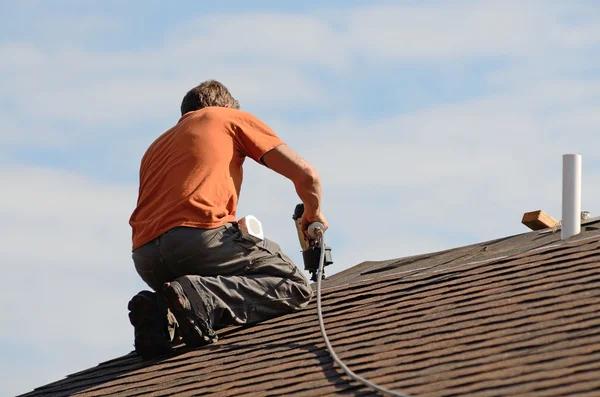Plumbing systems are an integral part of every home. They ensure the smooth flow of water for various household needs, from bathing to cooking and cleaning. However, like any other system in your home, they are subject to wear and tear over time. Therefore, regular plumbing inspections by professionals are crucial in maintaining their efficiency and preventing costly repairs or replacements.
A plumbing inspection is a thorough check-up of all the water pipes, drains, faucets, toilets, showers and bathtubs in your house. This process helps identify minor issues that could potentially develop into major problems if left unattended. But what exactly do professionals look for during a plumbing inspection?
One key element that professionals investigate is the condition of the pipes. They check these parts for leaks or corrosion which can lead to significant water damage over time if not addressed promptly. The type of pipe material used is also important as some materials such as galvanized steel or polybutylene have been found to be problematic due to their susceptibility to corrosion or breakage.
Next on the checklist is examining fixtures like sinks and toilets for any signs of leakage or malfunctioning parts. A leaking faucet might seem like a small problem but it find out more can waste gallons of water over time leading to higher utility bills.
Drainage systems are another critical area inspected by professionals since blocked drains can cause severe damage including flooding and structural damage due to standing water. Professionals use cameras inserted into drain lines allowing them to see any blockages or damages inside these pipes.
Water heaters are also included in the inspection process because they play an essential role in providing hot water throughout your home. Inspectors assess whether there’s adequate insulation around it while also checking its age since most units need replacement after 10-15 years depending on usage levels.
The overall pressure level within your plumbing system is evaluated too because too much pressure can cause strain on pipes leading eventually towards leaks whereas low pressure affects functionality making tasks such as showering or washing dishes difficult.
Lastly, professionals examine the sewage system to ensure that it is functioning properly. A malfunctioning sewage system can lead to unpleasant odors and even health hazards due to exposure to harmful bacteria.
In conclusion, a plumbing inspection is an exhaustive process that checks every aspect of your home’s plumbing system. It helps in identifying potential problems early on thereby saving homeowners from expensive repairs and replacements down the line. So, whether you’re buying a new home or just maintaining your current one, regular professional plumbing inspections are key for a well-functioning home.




